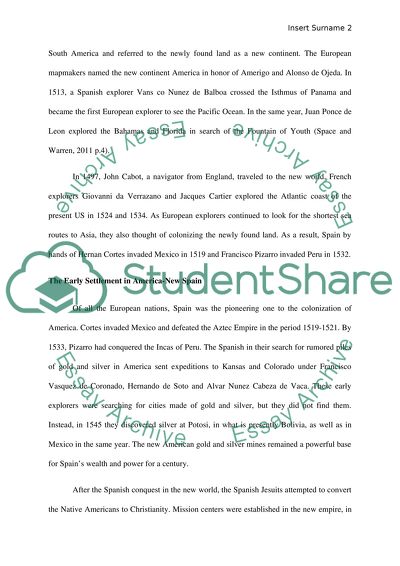Cite this document
(“Research paper on Europeans in America Example | Topics and Well Written Essays - 2000 words”, n.d.)
Retrieved from https://studentshare.org/history/1437490-research-paper-on-europeans-in-america
Retrieved from https://studentshare.org/history/1437490-research-paper-on-europeans-in-america
(Research Paper on Europeans in America Example | Topics and Well Written Essays - 2000 Words)
https://studentshare.org/history/1437490-research-paper-on-europeans-in-america.
https://studentshare.org/history/1437490-research-paper-on-europeans-in-america.
“Research Paper on Europeans in America Example | Topics and Well Written Essays - 2000 Words”, n.d. https://studentshare.org/history/1437490-research-paper-on-europeans-in-america.


